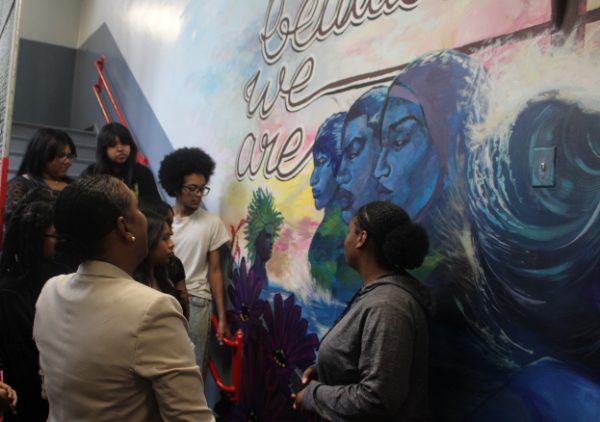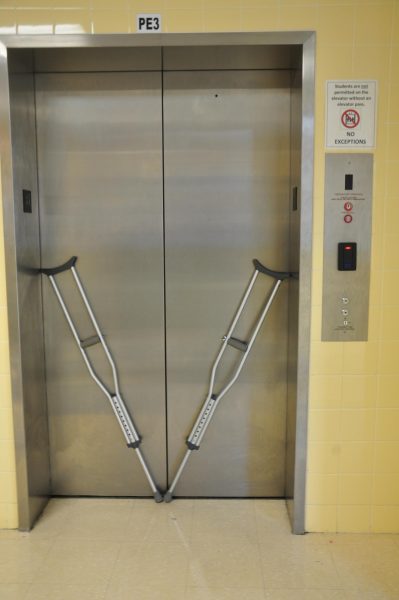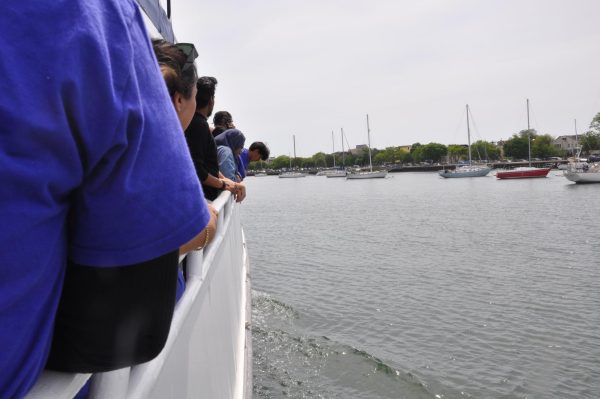What does Curtis do to accomodate its students who are less fortunate?
In today’s world, money seems to be a prominent and deciding factor for people, from all backgrounds, ages, and socioeconomic groups. Now, more than ever, expenses have become an ever-present influence in the lives of high school students; so much so that in many cases, it becomes an issue. While schools do as much as they can to provide students with the opportunity to succeed, these resources come with a cost, quite literally. School courses and after-school programs to tests and technology can’t always be free.
SAT preparation classes and after-school tutoring are so expensive, they could be deemed a luxury. These resources, especially around junior and senior year, become more of a necessity when it comes to securing a spot in a prestigious college or a vital scholarship. Tutoring companies offer these services but can cost hundreds of dollars per month. One of our students here states that she gets SAT preparatory tutoring courses for four hours a week at a rate of $50 an hour. While some families see this to be a reasonable price to pay for the betterment of their children, others simply cannot afford this type of help. Curtis offers SAT preparation classes free to all students, twice a week. This is a great way to allow everyone the opportunity to do well on this immensely significant test. On the flipside, many students can’t attend these programs, such as senior, Avery Sorensen. She said, “although these programs are extremely helpful to students who cannot afford outside help, many students, such as myself, work on the weekend. I was never able to go to these programs because of my job, and therefore never got the help I needed, and did all SAT related studying on my own.”
Another test that stresses wallets, as well as minds, is Advanced Placement (AP) tests. These assessments prove to be a worthy investment for students since they can translate into college credit. If viewed from an optimistic perspective, the cost of AP tests is nothing compared to that of a college credit. However ,in the moment, a price of $94 can be an economic hurdle. To remedy this struggle, Curtis offers price reductions to those who are eligible, bringing the cost down to $18. However, students who are in the SIS program who take five AP classes will still be paying $90 for all of their tests combined and if they do not qualify, $470 in total.
Our International Baccalaureate (IB) program is the top honors in Curtis High School. Students are presented with the opportunity to earn their IB diploma, which is a valuable thing to have when moving into the world of higher education. Aside from headaches, the work itself causes, the IB dues are also a heavy burden to carry. For the register alone, are $172 and each IB exam is $119. Most IB seniors take six exams, resulting in a whopping $714 payment for tests alone. Although, with the help of lunch form applications, the reduced rate comes down from $119 to only $18, a much more affordable price for many students and families. A completed lunch form is the only document that can prove a student is eligible for this reduced rate. If a student does not fill out these lunch forms yearly, they could be missing out on these testing discounts they may regret not taking advantage of in the future. Senior IB students can be charged anywhere between $108 and $714 for all their IB tests, the average being six tests per student. In the opinion of IB school aid, Ms. Newman, IB dues aren’t difficult to pay. The payments are stretched out in a two-year span, resulting in 12 total payments by the end of a student’s senior year. Many of the students who have reduced rate pay upfront, and Ms. Newman believes this is because they see education as a way out of poverty; these students have more of a value on education than their counterparts and are more determined to pay these dues. These dues aren’t meant to drive students away, please remember how manageable and affordable they are!
In today’s world, technology plays a large part in our lives and an even larger part when it comes to school. Now, teachers use a variety of websites and apps to get in touch with students, assign work, and make the learning experience run more smoothly. This, however, becomes a problem for some students who lack the resources to utilize these new mediums. Some may not have computers at home, phones, or even the internet connection needed for many of these things. To assist, the Curtis library, which contains many working computers and printers, is open to all students. Many teachers also have these resources available in their classrooms and are more than happy to let students use them. However, the Curtis library is not open every period, and students can only go into the library if you have a free or a lunch period. So although the library can be useful, many students don’t get enough time to complete their work. If a student needs to go to the library to do homework after school, it excludes them from doing other school activities, such as clubs or sports, especially depending on what period they end their day. Students ending eighth period may have extra time, but students ending ninth or tenth have little to no time to spare going to the library or doing homework between school and club hours. Students don’t deserve to cram their time together in order to do schoolwork; doing homework during other class periods or skipping classes to make time to do projects is a life many students live, and it is extremely unfortunate. And although Curtis does offer many programs to try and help, lots of students are just unable to attend.
Along with students not having the time, or the internet connection to access
online textbooks, physical textbooks are now unavailable in the math department





